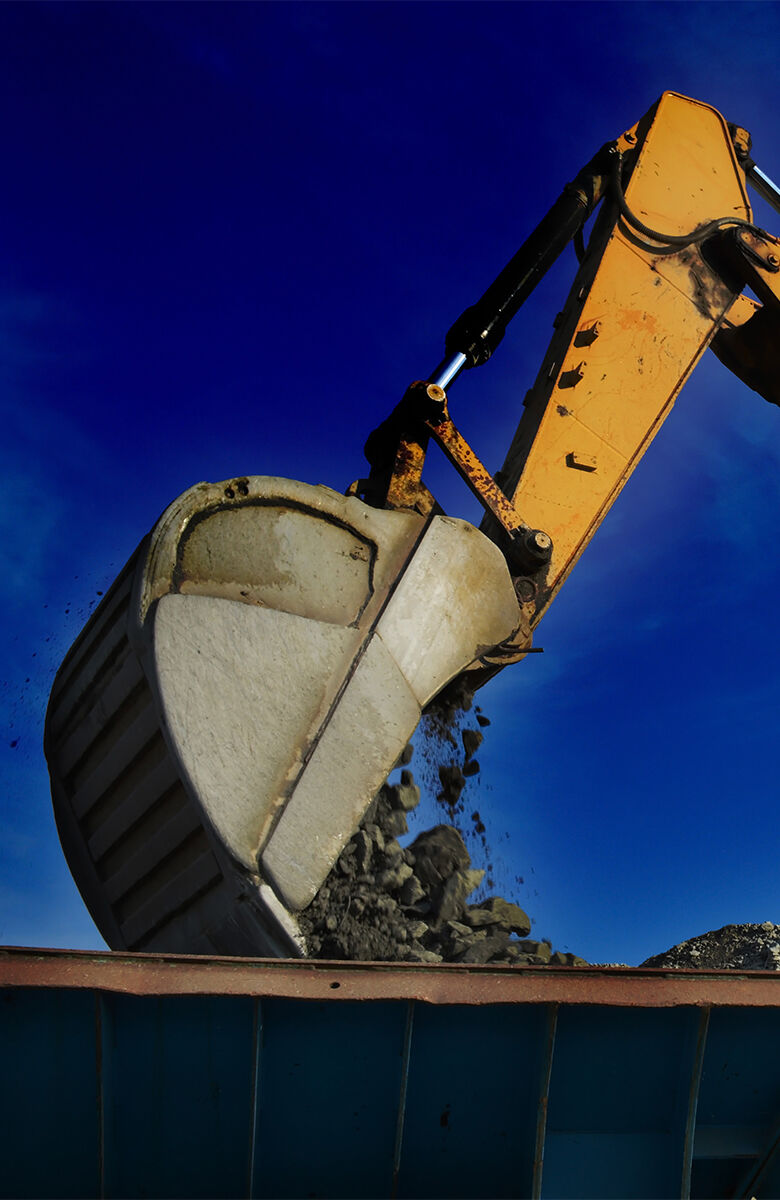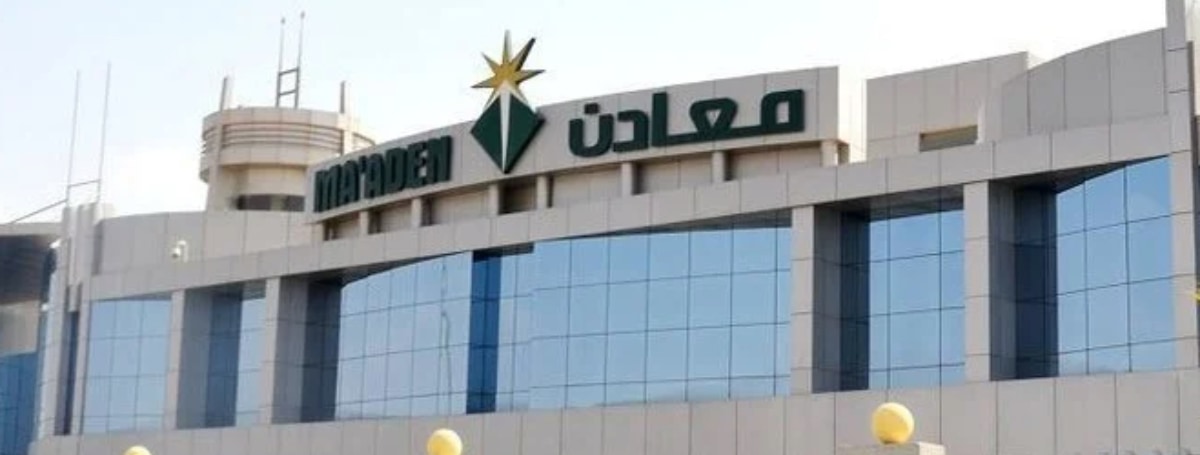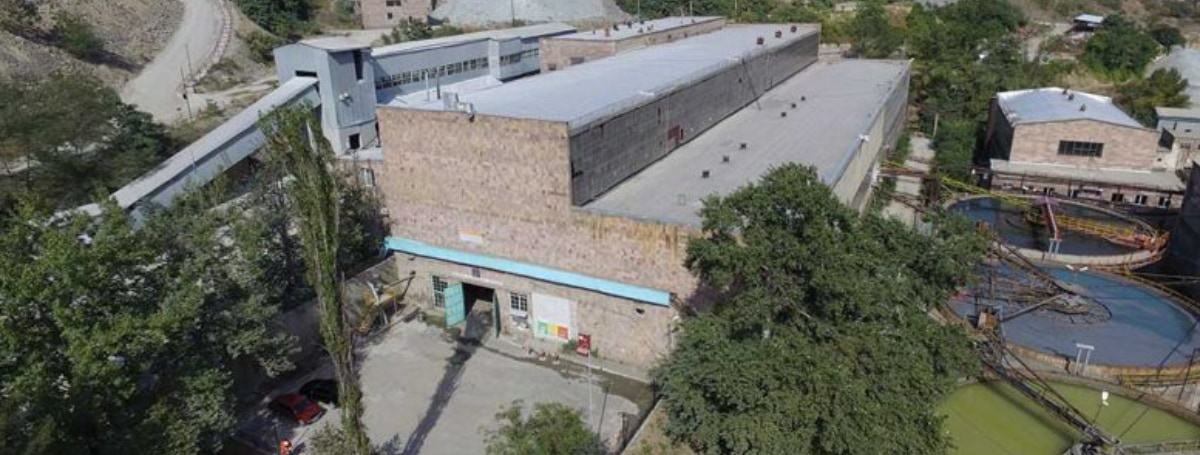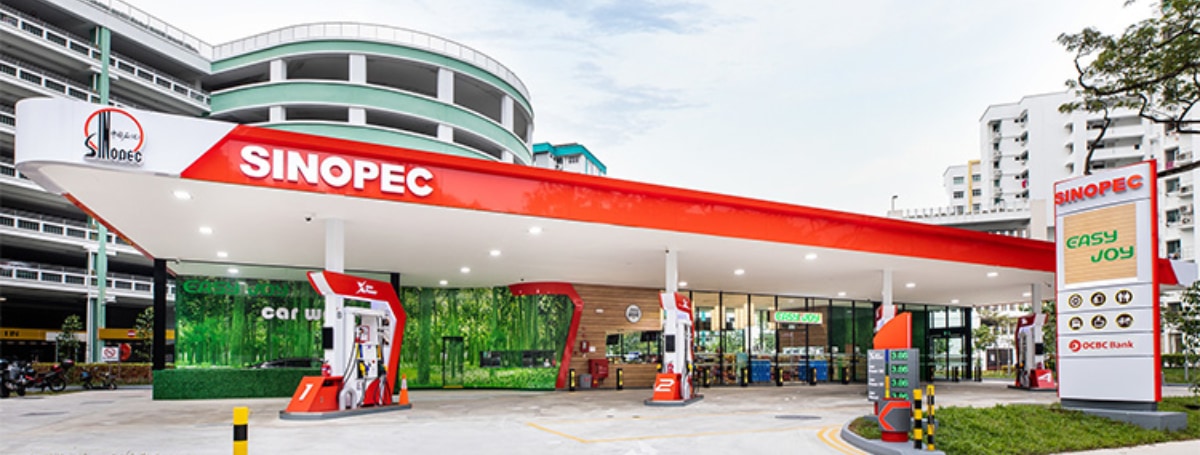M & A
Reverse Takeovers
A reverse takeover (RTO) is broadly defined as an acquisition (or series of acquisitions) of assets by a listed issuer which in the opinion of the Hong Kong Stock Exchange (HKEX) attempts to achieve a listing of the acquired assets while circumventing the HKEX Listing Rules requirements for a new listing applicant.
Historically, reverse takeovers have been used in situations where speed and certainty of outcome are more desirable than potentially larger gains. The fact that no significant regulatory review was required (and there was no prospectus requirement) meant that the timeframe for completion of an RTO was considerably shorter than that for an IPO. In addition, RTOs are not subject to the vagaries of the market, as is an IPO, and the new owners of the listed company will generally suffer less share dilution and thus have greater control. Costs can also be saved due to the lack of an underwriter. It will be much easier for the company acquiring the listed company to raise capital, as investors will have a clearly defined exit strategy through the public market. Some of the drawbacks to RTOs are that their speed and eventual value are sometimes overestimated, and they are sometimes completed without enough regard for the uninvolved shareholders.
In many countries around the world RTOs still offer an alternative route to listing status, although countries have tightened the regulations around RTOs, for example the United States (U.S.), China and Hong Kong, following a number of accounting scandals involving Chinese companies that listed by this route. In the U.S. and Canada, reverse takeovers had been encouraged in the past, especially for small and micro-cap companies who were unlikely to be able to afford the underwriter necessary for an IPO. In the U.S., for example, it is possible to trade shares in listed shells – the investment objective being presumably to achieve a gain when there is an RTO of the shell. However, problems can arise when RTOs are under-regulated. Singapore had several high-profile reverse takeovers fall through due to concerns over profit guarantees, leading to the Singapore Stock Exchange publishing additional prescriptions for prospective RTOs including a minimum issue price for reverse takeovers and new requirements for the listed company and its financial adviser in assessing acquisitions involving profit guarantees.
In Hong Kong, concerns relating to share price volatility of shell companies have led to increasingly stringent regulation of reverse takeovers and the regulators’ preferred route is that assets are listed by way of IPO and/or that general offers are made when control of a company changes, although there are various exemptions available.
Read our latest News
Zambia plans state firm to own 30% of critical minerals mines
NATURAL RESOURCES News On 12 September, 2024 in a strategic move to enhance the country's benefits from its critical mineral resources, Zambia has unveiled plans to establish a state-owned firm that will hold a 30% stake in all new...
First Quantum starts up Zambia nickel mine, enters standstill deal with Jiangxi
NATURAL RESOURCES News On 23 August, 2024 TSX listed First Quantum Minerals announced that it has achieved commercial production at its Enterprise nickel mine in Zambia, set to become Africa's biggest nickel operation. This...
Saudi Arabia’s Ma’Aden Q2 Profit Plummets 91% Amid Rising Operational Costs
NATURAL RESOURCES News The state-owned Saudi Arabia Mining Company (Ma’aden) reported a 91% decline in its second-quarter net profit, amounting to $93.53 million (SR350.9 million), compared to the same period in the previous year....
Chaarat To Sell Its Kapan Mine To Gold Mining For $54.5 Million
NATURAL RESOURCES News Chaarat Gold Holdings has decided to sell its Kapan mine to Gold Mining Company for $54.5 million. The decision comes amidst escalating operational costs and potential financial setbacks for Kapan. CEO Mike...
McEwen Considers IPO For Its Los Azules Copper Project
NATURAL RESOURCES News Canadian entrepreneur Rob McEwen said he is contemplating various financing routes for his Los Azules project in Argentina, hinting at a potential initial public offering (IPO) as early as November. Although...
Sinopec To Begin Operations In Sri Lanka On 20 September
NATURAL RESOURCES News Chinese oil giant, Sinopec, is set to commence operations in Sri Lanka on 20 September. The Chinese firm has been granted a 20-year licence to operate 150 fuel stations and sell fuel below the local...







